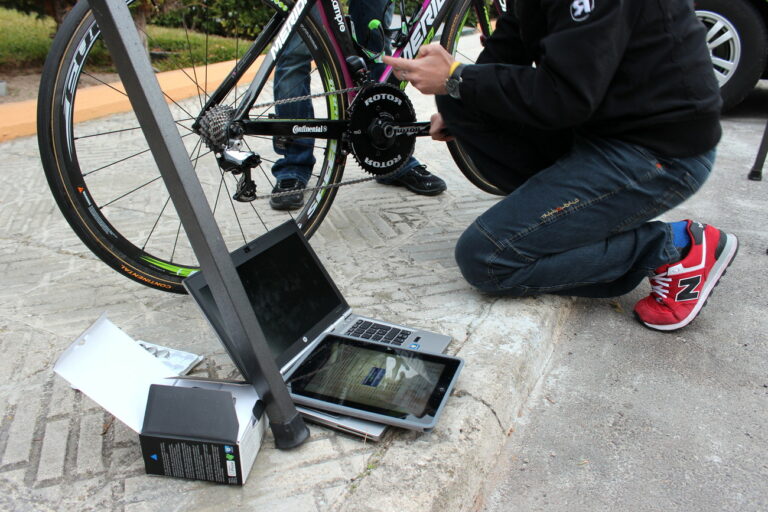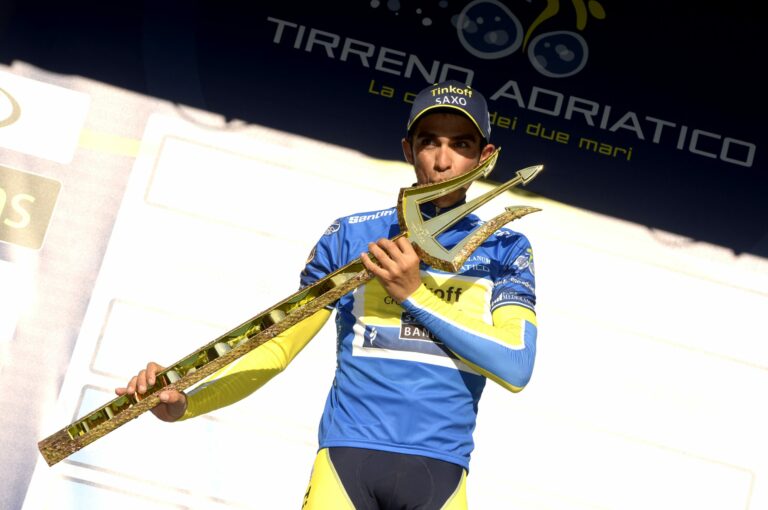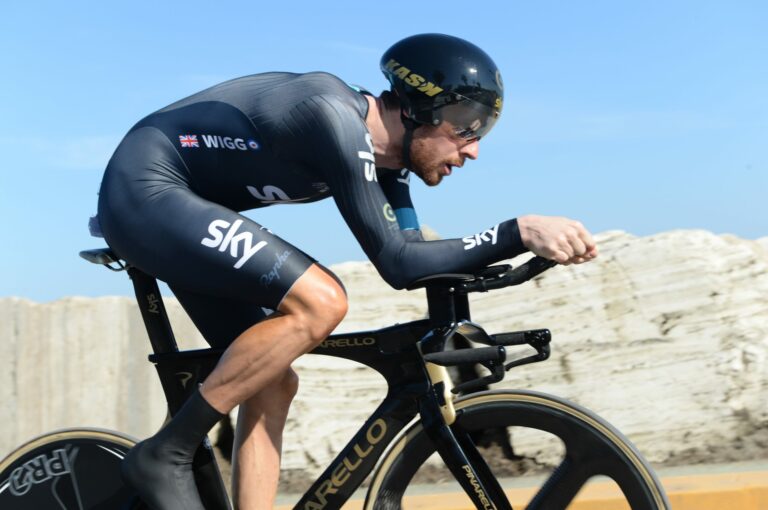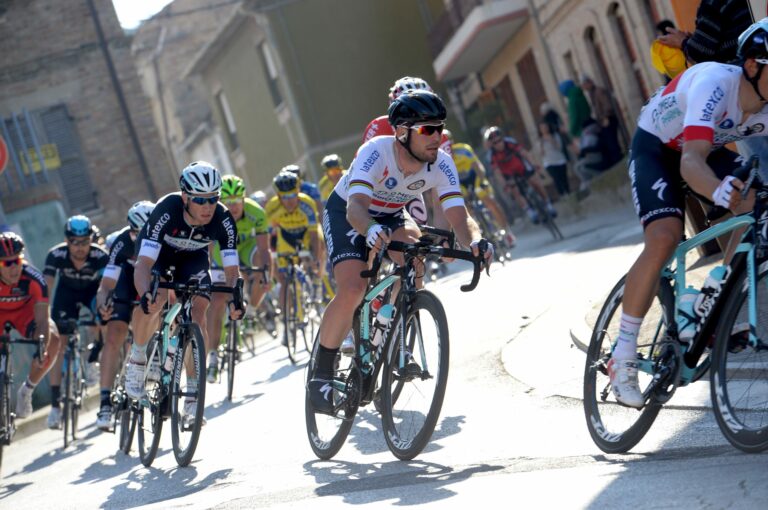Aerodynamics have become increasingly important in cycling, with frames, wheels, helmets and even clothing now among the equipment optimized to offer greater efficiency in cutting through winds that are the bane of any cyclist’s existence.
Jean-Paul Ballard, by day a senior aerodynamicist with the Sauber FI team, and the man at the head of affairs for bicycle wheel brand, Swiss Side, is better placed than most to offer an insight in to the processes followed by manufacturers in developing a wheel from computer screen to wind tunnel, and ultimately bringing it to market.
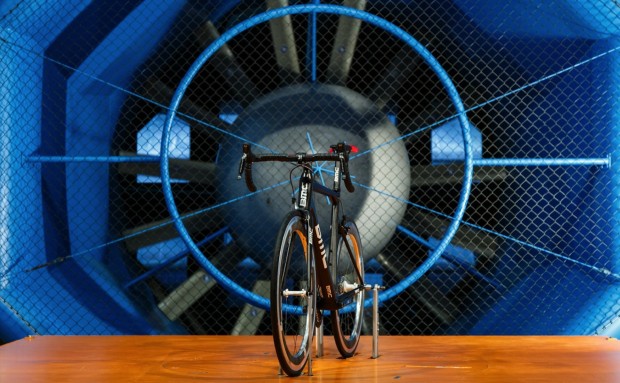
Swiss Side is about to move to the production phase in the development of its Hadron wheel, a 62mm carbon-alloy clincher, which Ballard claims compared favourably with Zipp’s highly respected 808 tubular wheel in a recent series of wind tunnel testing held at a facility in Germany.
So how is aero-profiled carbon wheel developed? How is the design realised? And what protocols are followed in the precise (and costly) conditions of the wind tunnel to ensure that benefits recorded in this most controllable of environments are experienced by the rider on the open road? We caught up with Ballard to find out.

